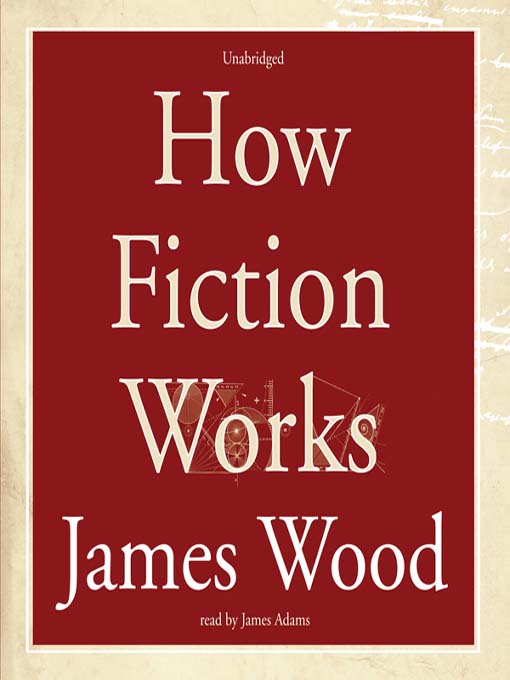
How Fiction Works
کتاب های مرتبط
- اطلاعات
- نقد و بررسی
- دیدگاه کاربران
نقد و بررسی

James Wood's commanding discussion of the inner workings of fiction writing is an informative reference intended for those already somewhat skilled at the craft. Dozens of excerpts from notable works of fiction are cited, and common mainstays of the novel-writing process are analyzed and debunked. This insightful and extremely thorough work is akin to a college lecture that proceeds at a relentless pace. James Adams's somewhat pedantic narration initially fails to reach out to the listener as an educator might. However, his delivery eventually warms up to a livelier, more engaging tone. Ultimately, his masterful grasp of the content makes for a keen accompaniment to the material. A.P.C. (c) AudioFile 2010, Portland, Maine

Starred review from April 21, 2008
Wood takes aim at E.M. Forster’s longtime standard-bearer Aspects of the Novel
in this eminently readable and thought-provoking treatise on the ways, whys and hows of writing and reading fiction. Wood addresses many of the usual suspects—plot, character, voice, metaphor—with a palpable passion (he denounces a verb as “pompous” and praises a passage from Sabbath’s Theater
as “an amazingly blasphemous little mélange”), and his inviting voice guides readers gently into a brief discourse on “thisness” and “chosenness,” leading up to passages on how to “push out,” the “contagion of moralizing niceness” and, most importantly, a new way to discuss characters. Wood dismisses Forster’s notions of flat or round characters and suggests that characters be evaluated in terms of “transparencies” and “opacities” determined not by the reader’s expectations of how a character may act (as in Forster’s formula), but by a character’s motivations. Wood, now at the New Yorker
and arguably the pre-eminent critic of contemporary English letters, accomplishes his mission of asking “a critic’s questions and offer a writer’s answers” with panache. This book is destined to be marked up, dog-eared and cherished.

























دیدگاه کاربران